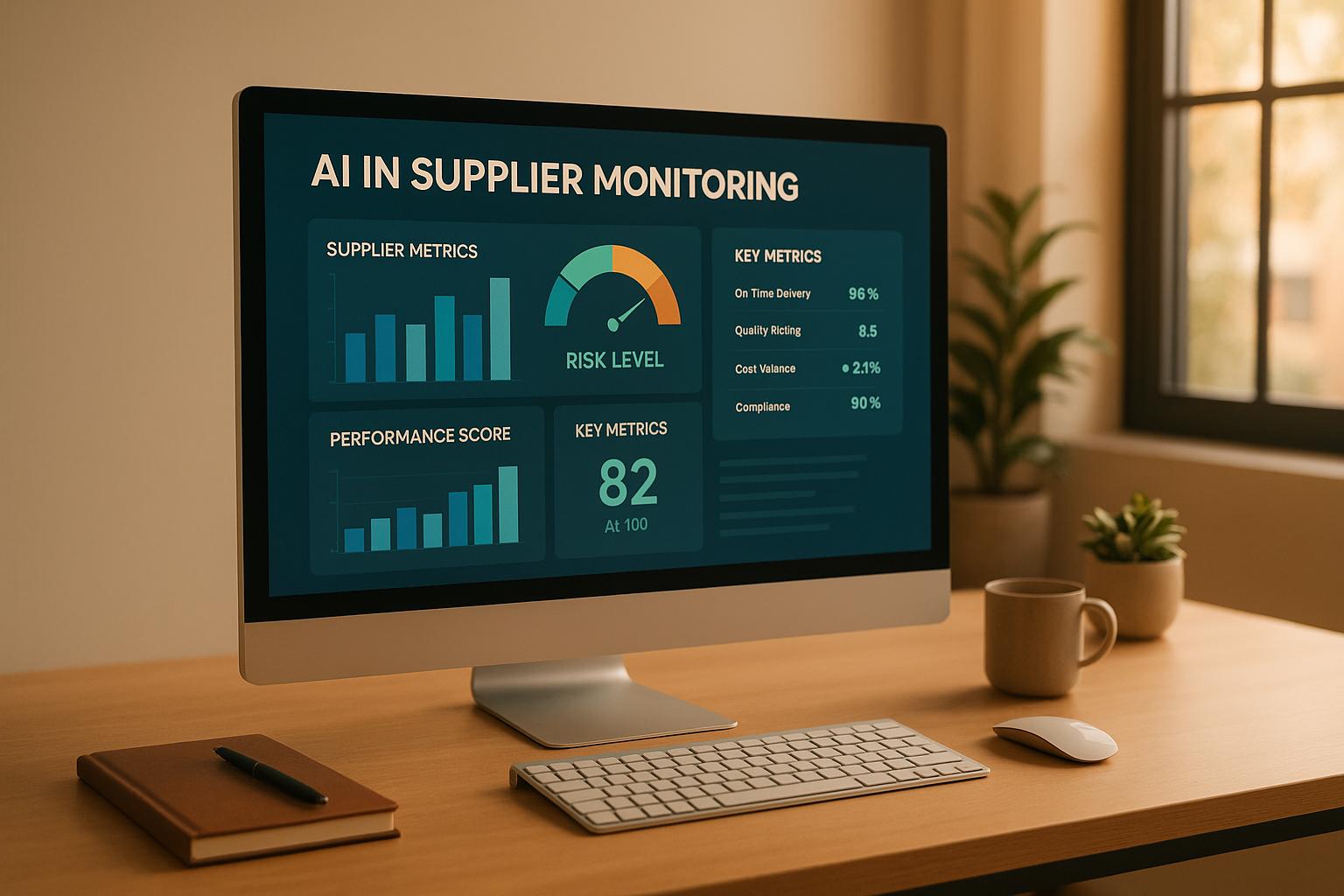Navigating the New Tariff Landscape: How Mid-Market Manufacturers Are Staying Agile

With a new Presidential administration comes new trade policies, and for mid-market industrial manufacturers, that often means one thing: uncertainty. Tariffs and trade restrictions are back in the spotlight, leaving companies scrambling to assess their supply chains, mitigate risk, and maintain profitability.
Across the industry, one theme is emerging: agility is everything. Companies that can quickly adapt to shifting costs, sourcing challenges, and demand fluctuations will come out ahead. However, that’s easier said than done—especially for teams already stretched thin.
The Supply Chain Blind Spot: Visibility in a Volatile Market
Boardroom discussions around tariff mitigation are happening everywhere, but no one has a crystal ball. That’s why manufacturers are shifting focus to proactive supply chain visibility.
Take the steel industry, for example. With new tariffs creating cost volatility, many manufacturers are forced to diversify their sourcing—bringing in materials from multiple suppliers, often in different regions, to hedge against risk.
While this helps mitigate pricing uncertainty, it creates new operational challenges:
- PO line volumes may double or more, as the same material is now sourced across more suppliers in efforts to mitigate tariff impacts.
- Staggered shipments means companies can’t bring in all materials at once, forcing them to rethink supply chain agility. Domestic suppliers may not have capacity to accommodate the new demand, resulting in the need to utilize both existing supply partners AND new partners for the short or even medium term.
- Temporary suppliers are being onboarded to fill short-term gaps, creating complexity in procurement tracking.
Traditional ERP systems provide transactional tracking but often lack real-time supplier performance insights that are critical during volatile market conditions. Meanwhile, traditional procurement solutions may help with order processing but don’t offer the agility needed to pivot quickly in response to tariffs and sourcing shifts.
To navigate these challenges, mid-market manufacturers are turning to real-time supplier performance tracking and automated PO management to ensure they have the right data at the right time. With better visibility, procurement teams can make smarter, faster decisions as trade policies evolve.
The Domestic Sourcing Dilemma: More PO Lines, Same Headcount
Many manufacturers are exploring domestic sourcing strategies to reduce tariff exposure. While this can be a smart long-term move, it often leads to a short-term headache: a sudden surge in purchase order (PO) lines.
For example, a manufacturer that used to source all steel from a single international supplier may now be working with three or four domestic suppliers—leading to a significant increase in PO line volume.
This sudden shift creates challenges:
- Buyers must manage more suppliers, often with different pricing, lead times, and contract terms.
- Order volume surges create bottlenecks, and without automation, manual procurement processes struggle to keep up.
- Supplier performance must be monitored more closely, as companies navigate temporary supplier relationships while still maintaining quality standards.
Instead of relying on manual processes or outdated procurement systems, teams are turning to PO automation and exception-based management to handle higher order volumes without increasing headcount. This gives companies the flexibility to shift sourcing strategies without disrupting operational workflows.
The Stateside Boom: Balancing Inventory and Demand
While some manufacturers are looking for ways to avoid tariffs, others are benefiting from them. Companies with domestic production facilities are seeing a surge in demand as customers seek to sidestep additional costs associated with imported goods.
But this rapid shift often comes with unintended consequences:
- Bloated inventory levels—Overbuying in response to demand spikes can tie up cash flow and impact profitability for months (or even years).
- Protecting against inflation—Some companies are stockpiling materials not just to meet demand but also to hedge against potential cost increases, artificially inflating their inventory and carrying costs resulting in increased overhead and degradation of profits.
- Revenue protection strategies—By overbuying, manufacturers ensure they don’t run into shortages, but this can lead to unnecessary inventory risks if demand normalizes too quickly.
Traditional ERP systems and inventory management software can help, but they often lack the real-time visibility and predictive intelligence needed to make data-driven decisions. By leveraging modern supply chain automation tools, manufacturers can maintain lean, efficient inventory levels while still meeting customer expectations.
Agility is the New Competitive Advantage
Tariffs will continue to be a moving target, but one thing remains certain: manufacturers that invest in supply chain visibility and automation will be best positioned to adapt.
Leverage AI helps mid-market manufacturers stay ahead of disruption—whether it’s shifting tariffs, supplier uncertainty, or demand fluctuations. By equipping teams with real-time visibility, automated PO management, and intelligent supply chain insights, companies can navigate change with confidence while maintaining world-class service levels.
Is your procurement team prepared for the next wave of tariff impacts? Let’s talk.


